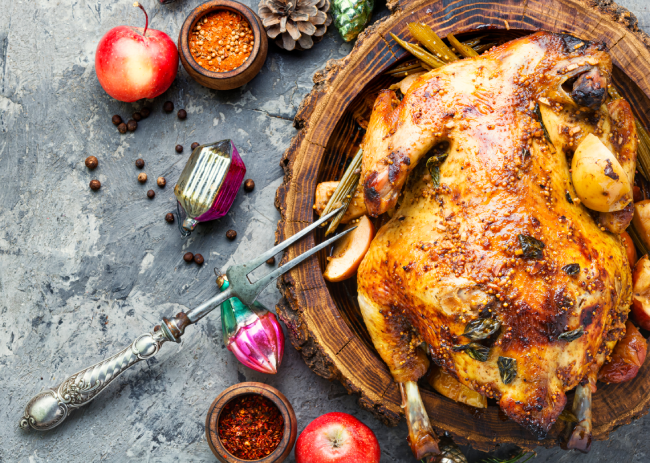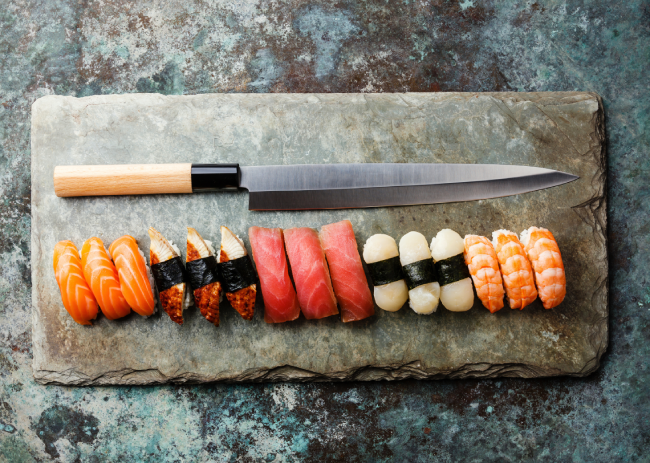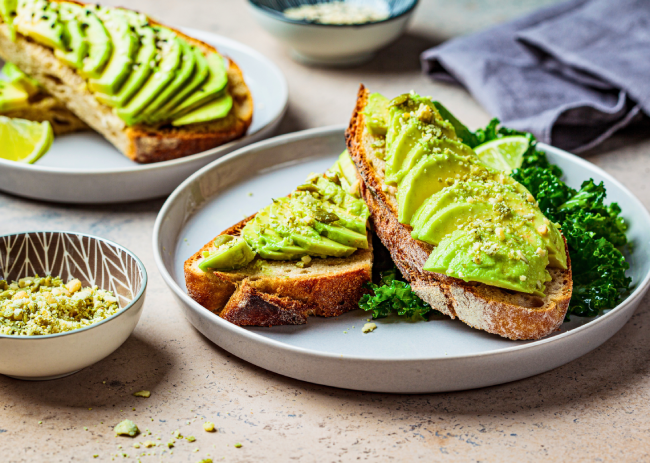How To Cook Tasty Meat Dishes This Christmas
Christmas or not, meat is almost always a staple for every gathering. Unless you have guests who aren’t meat eaters, it’s important to have a protein dish. In most cases, meat dishes are considered the main course, or at least one of them, so your Christmas spread is incomplete without including meat in your menu.
As exciting as it may be, all the cooking you have to do during Christmas can affect your energy and dish quality. You don’t want to be the kitchen Grinch who destroys all the flavors of Christmas with poor meat dishes. The prepping, planning, and marinating may be the least exciting parts of cooking, but they’re the pillars of delicious and perfectly-cooked meat dishes for all those holiday parties. You can stand out as a great host if you prepare meat dishes that are perfect for everyone’s taste.
We’ve compiled this list of tips for cooking excellent quality meat filled with flavor for every bite to make your Christmas dishes even more special.
Know Your Source
The holiday rush often makes it hard to shop physically. Stores’ parking lots are always full, the lines are long, and there seems to be a lack of time to complete all the shopping you must do. Given these situations, settling for just about any other meat source to complete all your meat recipes can be tempting. But don’t succumb to that.
Cooking tasty meat dishes this holiday season starts with the quality of the meat you have. If you settle for poor-quality meat, you’d expect its taste to be inferior. Because shopping physically may seem challenging, the internet can be your last resort. You may be able to find a reputable Online butcher for meat delivery, so they bring your orders straight to your doorstep. Not only do you have the convenience of skipping the lines, but you can also have your desired meat quality.
Cut Meat Across The Grain
When cutting meat, follow its grain. It means cutting across its long muscle fibers. Breaking those fibers up help makes the meat more tender, especially when cooking small portions.
This tip applies both before and after cooking. If you’re serving steak, note how the muscle fibers run so that you can cut across them. Do this before serving the steak.
Play Around With Color
Meat dishes have to be paired with a carbohydrate source or vegetables. Take this as an opportunity to play with colors. An ordinary meat dish can be more flavorful when paired with varied vegetables. Potatoes, carrots, asparagus, and salads are a few of the best options.
This principle applies when cooking and serving your dish. You can go all out and use real ingredients instead of powder or seasoning. It helps elevate the taste and flavor of your dish.
Preheat Your Meat
There’s an excellent reason why it’s important to thaw and give the meat some time to settle to room temperature first before cooking. Protein, like meat, cooks better when it’s at room temperature. There aren’t any shortcuts you can take with this.
Use A Meat Thermometer
You can’t go wrong with a meat thermometer. Even expert chefs rely on this, as thermometers don’t lie. You know you’re getting the correct heat into the meat without overcooking it. As a guide, here are a few parameters to remember:
- Whole beef is considered done when it reaches 145 degrees Fahrenheit;
- Fresh pork and ham should also reach 145 degrees Fahrenheit;
- On the other hand, chicken needs an internal temperature of 165 degrees Fahrenheit to be considered safe to eat.
Overcooking is the top enemy of meat, as it destroys the meat quality, making it hard to chew and slice. Meat thermometers are especially handy when trying to reach a specific level of doneness.
Cook In Two Main Steps
Lastly, there are generally two main steps when cooking meat. These are:
- Step one, which entails cooking at very high heat to kill the surface bacteria and flavor and brown the meat surface;
- Step two is the finishing period in low heat to cook the meat thoroughly and gently so the interior gets cooked without burning the surface.
Along this line, note that meat continues to cook even when it’s off the oven or stove. Be sure to factor that in, particularly when cooking thin cuts of meat.
Deck The Table With Tender And Juicy Meat This Christmas
Not every cut of meat is juicy, tender, and tasty. It is, of course, unless you have a premium cut. But, given all the expenses of hosting Christmas dinners, having the best may not always be possible. What matters now is how you prepare and cook the meat to make it taste its best. You don’t have to be a top chef to get this right. Start with the guide above, and soon you’ll be decking your Christmas table with your best meat dishes.
Katie writes for F and B Recipes. She lives in New York with her dog Coco. When not writing, she can be found baking (and eating) chocolate chip cookies.




